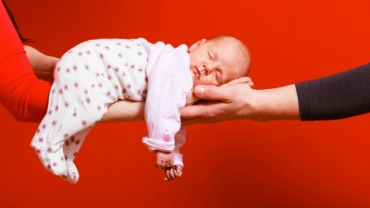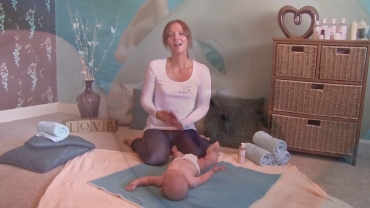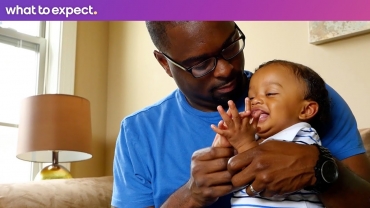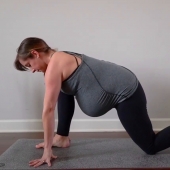Doing yoga in pregnancy does more than just help keep you active and healthy it also helps prepare your body for labor and delivery. If you're practicing yoga poses at home feel free to use anything around your house. Remember to mind fully listen to your body. Feel free to stay in a posture if it feels really comfortable or come out of a posture when you feel needed.
Cat Cow Pose: Especially great and pregnancy it allows the lower back to be stretch it mobilize gently. It helps alleviate mid back and lower back pain and keep the shoulders from migrating forward to get his hold on all for. This edition is one of the most important positions in pregnancy and birth.
Child Pose: In this asana, the body faces the floor in a fetal position. The knees and hips are bent with the shins on the floor. The chest can rest either on the knees or the knees can be spread to about the width of a yoga mat, allowing the chest to go between the knees. The head is stretched forward towards the ground - the forehead may touch the ground. The arms may be stretched forward in front of the head or backwards towards the feet.
Reclined Cobblers Pose: Reclined Cobblers Pose (aka Reclined Bound Angle Pose), is pure deliciousness wrapped in a Restorative Yoga posture. For this variation of Supta Baddha Konasana (it’s fancy Sanskrit name), you’ll need a bolster, 3 yoga blocks, a yoga blanket beneath the head, a yoga blanket or bath towel for the feet and ankles, and towels or blankets beneath the hands and wrists.
Deep Squat Pose: Daily practice of the yoga squat pose elongates your spine, strengthens your core, opens your hips, stretches your leg muscles and feet, stimulates your metabolism and helps you find balance. Best of all, the squat pose offsets the adverse effects -- tighter hamstrings and hip-flexor muscles, less flexibility in the spine -- of sitting for long periods of time.
Legs Up the Wall Pose: The pose described here is a passive, supported variation of the Shoulderstand-like Viparita Karani. For your support you’ll need one or two thickly folded blankets or a firm round bolster. You’ll also need to rest your legs vertically (or nearly so) on a wall or other upright support.
- 270 views













